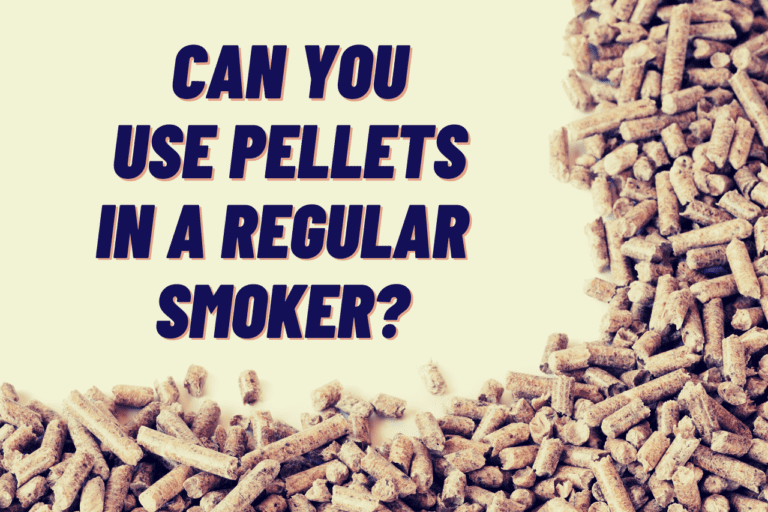Many people wonder How To Remove Scuff Marks From Walls. The stain and the kind of surface influence the cleaning procedure. You do not have to tolerate these marks just because they are every day!
Scuff marks arise out of nowhere, whether you’re shifting furniture or chasing after the kids. Even the most well-kept houses might have strange scratches and scuffs on their walls. Black markings on walls may be caused by various things, from scuff marks to mold. Furniture, especially painted furniture, is prone to scuff marks.
Continue reading the post, and we’ll walk you through a basic to a sophisticated technique for removing these stains since removing scuff marks from walls is the most challenging chore.
Wall Stains
Scuff marks and scratches usually seem to arise out of nowhere. If left ignored, it may be an eyesore on your nicely painted walls and may cause long-term harm to your household surfaces.
No matter how many precautions you take, you won’t prevent these marks. You should get informed of the safest procedures for removing the stains independently if you want to do so.
Fortunately, there are several methods for removing scuff marks; nevertheless, the one that works best for you will be the one you require. To scrub them off, sometimes all you need is a sponge and some warm water, and other times you’ll need a more aggressive solution.
Don’t worry about the scuff marks; we’ll teach you how to eliminate them using a few different methods.
How To Get Rid of House Centipedes – Read The Easiest Methods here.
How To Remove Scuff Marks From Walls – Top Methods
Here are the top methods for How To Remove Scuff Marks From Walls
Simple Water and Sponge
Many scuff marks may get eliminated by wiping them with a slightly moist, soft white cloth. When scuffs on floors and walls are fresh, they’re frequently easier to erase. Apply a little pressure after immersing the towel in water, and if the mark gets erased, buff the area with a dry white cloth to protect the surface.
Also, any sponge will suffice if it is not too gritty. You may quickly remove a lot of fresh scuffs by wiping them with a bit of a moist, soft rag. On the other hand, a scuff mark sometimes needs more work to remove.
All-purpose cleaners come in handy in this situation. After all, you don’t want to scrape your walls or remove any paint by accident.
Dishwasher Solution
If you can’t get the scuffed markings out with water, try another method. Using a soft cloth, apply a solution of one-half teaspoon dishwashing liquid and two cups of warm water to an area.
If the stain is still visible, wipe it away and try the answer again. When the mark has faded, wipe the area dry with a moist towel soaked in plain water. Cleaning a spot is also done in the same way by experienced cleaners.
Note: To avoid damage to your walls, first test any solution on a tiny, inconspicuous area.
Baking Soda
Also, Any sponge will suffice if it is not too gritty. You may quickly remove a lot of fresh scuffs by wiping them with a bit of a moist, soft rag. On the other hand, a scuff mark sometimes needs more work to remove.
All-purpose cleaners come in handy in this situation. After all, you don’t want to scrape your walls or remove any paint by accident.
WD-40
WD-40 is an excellent approach to get rid of dark scuff marks on vinyl floors. Scrub the afflicted region with a soft-bristled brush after spraying the solution immediately on it. Because residue might be slippery, thoroughly rinse the area afterwards.
But first, test this powerful solvent in a hidden location to ensure it won’t damage your vinyl. Alternatively, you may need to use a good cleaning to restore the sheen of your vinyl.
Pencil Eraser – Simple Solution
You may also use a clean pencil eraser to wipe off your wall. It’s as simple as gently massaging the eraser over the affected area until it becomes clear. Ensure that the eraser’s surface is free of debris.
Toothpaste
Many people are surprised to learn that toothpaste may get used to erase scuff marks off walls. It accomplishes the operation without causing any paint harm. To erase the smudges, apply some paste to the area and scrub it with water and a clean toothbrush. Using a damp cloth, wipe the area clean and dry.
Powerful Cleaner
Use a decent grade multipurpose cleaner to remove the most persistent scuff marks. There is a wide variety of multifunctional cleansers on the market. All you have to do is pour the solution onto a cloth and dab it on the affected area before gently washing it away.
Some Tips to Keep in Mind
Keep the following tips in mind for a while working for How To Remove Scuff Marks From Walls
- Check for scuff marks and dents regularly. The easier it is to erase a scuff mark, the sooner you discover it and fix it.
- To prevent harming your walls or flooring, start with the gentlest approach and work your way up to the most abrasive.
- When using chemical cleaning products, make sure you’re working in a well-ventilated area.
Bottom Line
There are several options for dealing with scuffed wall marks. However, it is dependent on the type of smear. You’ll have your walls looking brand new in no time if you follow our tips for erasing marks from walls.
If you grow overwhelmed, you can employ professionals to assist you with your housecleaning. Only if the color of the furniture has transferred to the surface will the cleaning methods work. Any surface scratches might be tough to remove, and you may need to touch up the paint a little in such a scenario.





